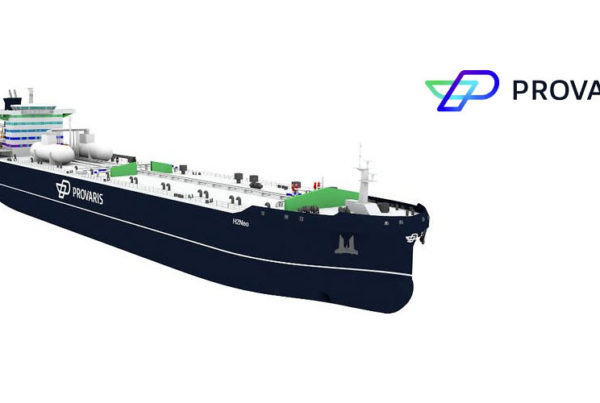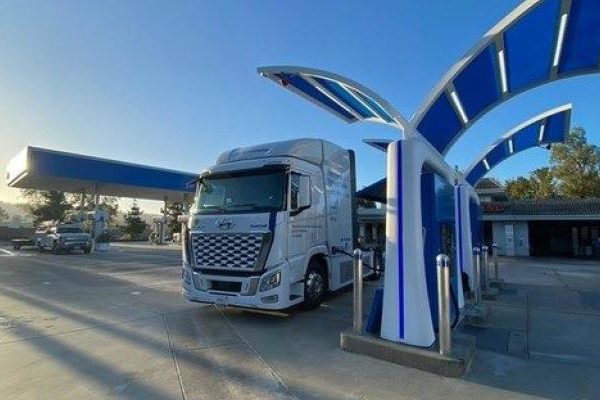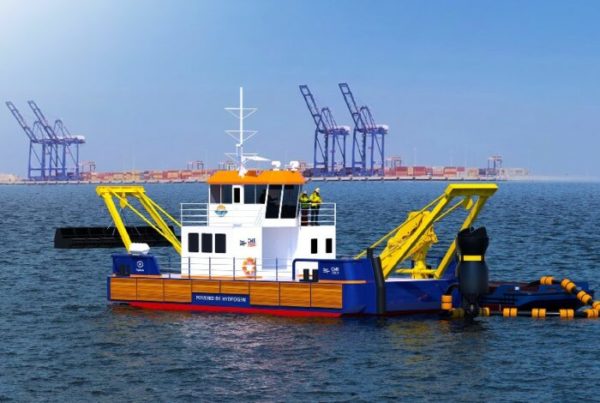
The Korea Automobile & Mobility Association (KAMA) recently shed light on the concerning trend of deteriorating charging infrastructure for hydrogen fuel-cell electric vehicles (FCEVs) in Korea.
The Korea Automobile & Mobility Association (KAMA) has recently highlighted a concerning trend in Korea’s push towards hydrogen mobility: the deteriorating state of its hydrogen fueling infrastructure. Despite the enthusiasm for hydrogen fuel-cell electric vehicles (FCEVs), the infrastructure development has not kept pace, leading to a growing mismatch between the number of FCEVs and the available charging stations.
The Rising Disparity
KAMA’s report reveals a 12% increase in the ratio of hydrogen FCEVs to charging stations, jumping to 203 vehicles per station by March 2024 from a lower rate in March 2021. This stark increase underscores the critical issue at hand: the burgeoning demand for hydrogen cars is not being matched by an equivalent expansion in charging facilities.
From 2021 to 2024, the registration of hydrogen cars experienced a significant surge, climbing from 12,439 to 34,872 units. However, the growth in the number of hydrogen charging stations has been lackluster in comparison, with an increase from 69 to only 172 in the same period. This discrepancy points to a glaring gap in infrastructure that could stifle the growth of hydrogen mobility in Korea.
Regional Disparities Highlighted
The situation is further complicated by the uneven distribution of charging infrastructure across regions. Sejong, a city known for its ambition to be a green model city, saw the ratio of hydrogen cars to charging stations increase dramatically, indicating a severe shortfall in charging options. Conversely, Gangwon Province made notable strides in improving its hydrogen charging infrastructure, though it still faces challenges in meeting the demand.
Implications and Solutions
The findings from KAMA’s report raise critical questions about Korea’s current strategy towards developing its hydrogen fuel infrastructure. The growing interest in hydrogen FCEVs amongst consumers is evident, yet the lag in infrastructure development could significantly hamper the adoption and long-term viability of hydrogen vehicles.
To mitigate these challenges, strategic investments and planning are essential. Korea must accelerate the deployment of hydrogen charging stations to keep up with vehicle registrations. This includes not only increasing the total number of stations but also ensuring their strategic placement to cover more areas evenly.
Furthermore, the government and industry stakeholders must collaborate to implement policies that support both the supply of hydrogen fuel and the development of charging infrastructure. This could involve financial incentives for infrastructure developers, streamlined permitting processes for new stations, and initiatives aimed at enhancing the overall efficiency and reliability of hydrogen fueling services.
The KAMA report serves as a crucial wake-up call, emphasizing the need for immediate and coordinated action to ensure the sustainable growth of Korea’s hydrogen mobility ecosystem. Without addressing the current infrastructure challenges, Korea risks undermining its potential to lead in the global shift towards clean transportation solutions.
Read the most up to date Fuel Cell and Hydrogen Industry news at FuelCellsWorks




